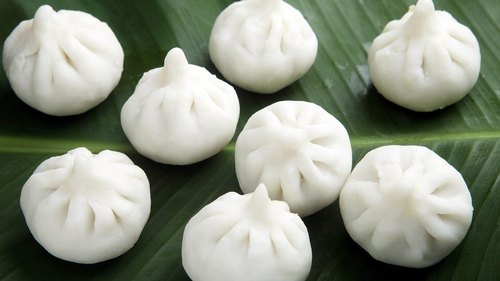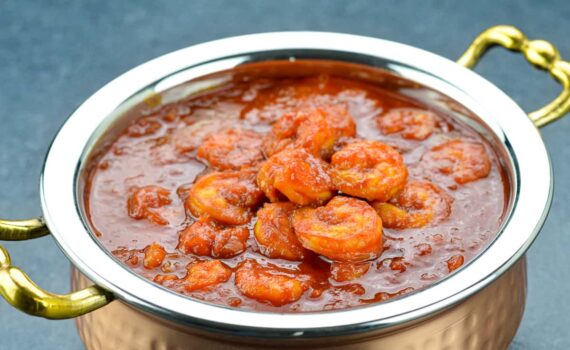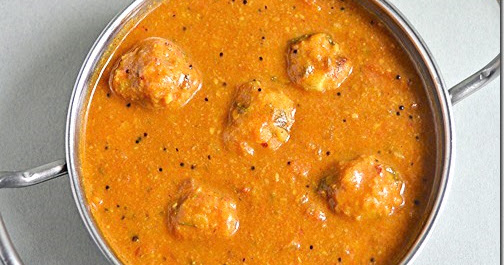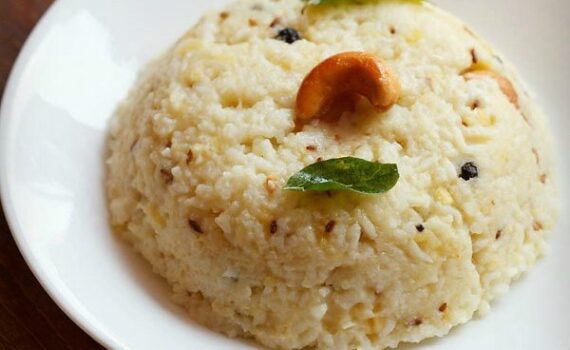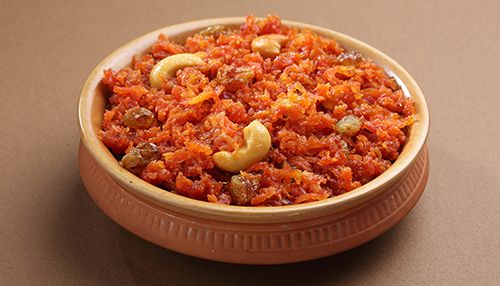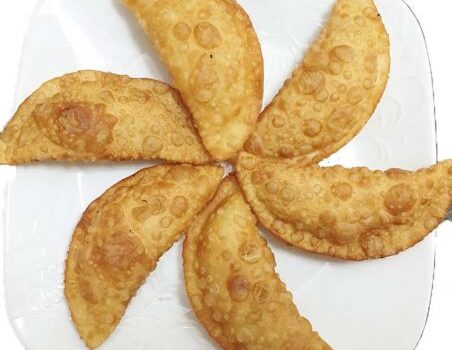Ingredients for Dough
- Maida 1 cup
- salt 1/4 teaspoon
- ghee 1 teaspoon
- water 1/4 cup + 1 teaspoon
Ingredients for Filling
- Semolina / Rava 1/4 cup
- shredded fresh coconut a quarter cup (tightly packed)
- Sugar 1/4 cup
- cardamom 2
- cashew nuts smashed 20. (finely chopped)
- Ghee (for roasting Rava) 1 tablespoon
- ghee (for roasting coconut) 1/2 tablespoon
Other Ingredients
- water (for sealing) 1/4 teaspoon
- cup oil (for deep frying) 3 quarts
Let’s explore how to prepare these Sweet Somas………..
For the outside…
In a mixing basin, combine Maida, salt, and ghee. To form a stiff dough, gradually add water. (With the stated amount of water, it will be difficult to produce a stiff dough, but continue kneading until you form a soft but stiff dough. This method produces crispy somas.
Allow the dough to rest for at least 2 hours, covered.
To make the stuffing…
Chop the cashews finely. In a food processor, combine the sugar and elachi and set aside.
1 teaspoon ghee roasted Rava until slightly browned. (about 5 minutes on a low-medium flame) When finished, remove from the oven and leave aside to cool.
Add 1/2 teaspoon ghee to the same pan and toast the grated fresh coconut until dry. Maintain the flame at the lowest possible setting. Remove from the pan when they are lightly brown and set aside to cool. If you use dried desiccated coconut, it will turn golden quickly (within minutes), so keep the flame low to avoid over-browning. It takes about 4-5 minutes to cook fresh shredded coconut over a low burner.
Combine the powdered sugar, roasted Rava, toasted coconut, and cashews in a mixing bowl. The filling is complete.
Make little dough balls to divide the dough evenly.
Roll out the dough to make a thin poori.
Place a small amount of the stuffing mix (approximately 2 teaspoons) in the center of each poori.
Wet your finger and run it down the edges of the poori before folding it in half.
Now, gently press down to seal. Using a somas spoon, trim the edges (the spoon with wheels). If you don’t have one, you can use somas mould or a fork to press.
Repeat with the remaining dough balls, keeping all shaped somas in a plate covered with a cloth to avoid drying.
Now add enough oil to the pan and begin deep frying. The oil temperature should not be too hot, as this may burn the somas; instead, maintain it about medium-hot and the flame between low and medium to cook flawlessly. (Only fry 2 or 3 at a time.)
When you put the somas into the oil, they will sizzle and rise to the surface. Flip once, then remove and drain excess oil on a paper towel until both sides are golden.
Allow cooling completely before storing in an airtight jar for up to 2 weeks.
Notes:
- Observations: Yield- 12 somas
- Use only high-quality maida rather than all-purpose flour. Elite, Deeps, and Double Horse Laxmi maida are all good. Never use Swad Maida is white flour that has been bleached… All-purpose flour is not, and your somas will not be crisp if you use it.

